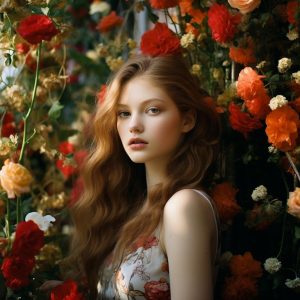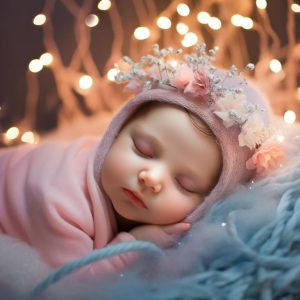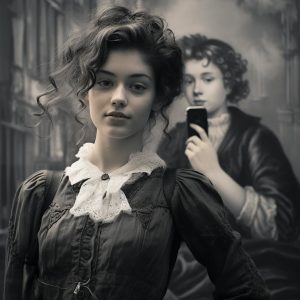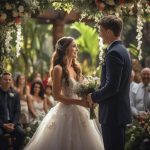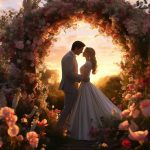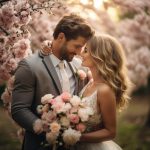If you’ve ever found yourself pondering the age-old question, “Do I really need a flash for portrait photography?” – you’re in the right place. In this blog post, we’re embarking on a journey to demystify the role of the flash in creating stunning portraits.
As we delve into the captivating realm of portrait photography, we’ll explore the nuances of natural light versus artificial illumination, and whether that little burst of brilliance is truly a game-changer or just an optional accessory.
So, grab your camera, set your curiosity to high, and let’s discover whether a flash is the missing ingredient to elevate your portrait game!
Contents
- 1 What is a Flash and How Does it Work?
- 2 Types of Flash Units for Portrait Photography
- 3 Tips for Using a Flash for Portrait Photography
- 4 Conclusion:
- 5 FAQs
- 5.1 Why should I use a flash for portrait photography when natural light is available?
- 5.2 Do I need a flash if my camera has a high ISO capability?
- 5.3 Can’t I just rely on reflectors instead of using a flash?
- 5.4 Will using a flash make my portraits look too artificial?
- 5.5 How does a flash benefit outdoor portrait photography during the day?
- 5.6 Can I use a built-in flash on my camera, or should I invest in an external flash?
What is a Flash and How Does it Work?
A flash is a device used in photography to produce a brief, intense burst of light. This light illuminates the subject and can help to improve the overall look of the photo. There are many different types of flashes available on the market, each with its own set of features and benefits.
How does a flash work?
A flash works by using a capacitor to store electrical energy. When the capacitor is fully charged, it can then release this energy very quickly, creating a bright flash of light. The duration of the flash is typically very short, on the order of a millisecond or less.
There are two main types of flashes: those that are built into the camera, and those that are separate units that can be attached to the camera. Flashes that are built into the camera are typically less powerful than separate units, but they are still capable of producing good results.
How do you use a flash?
Using a flash is typically very simple. Most cameras have a button that you can press to turn the flash on or off. When the flash is turned on, the camera will automatically fire the flash when it takes a picture.
There are some things to keep in mind when using a flash, however. First, be aware of the range of the flash. Most flashes have a limited range, so if your subject is too far away, the flash may not reach them and they will appear dark in the photo. Second, be aware of how the flash will affect your photo.
A flash can create harsh shadows and may wash out colors if it is used excessively. It is often best to use a flash only when necessary, such as in low-light situations.
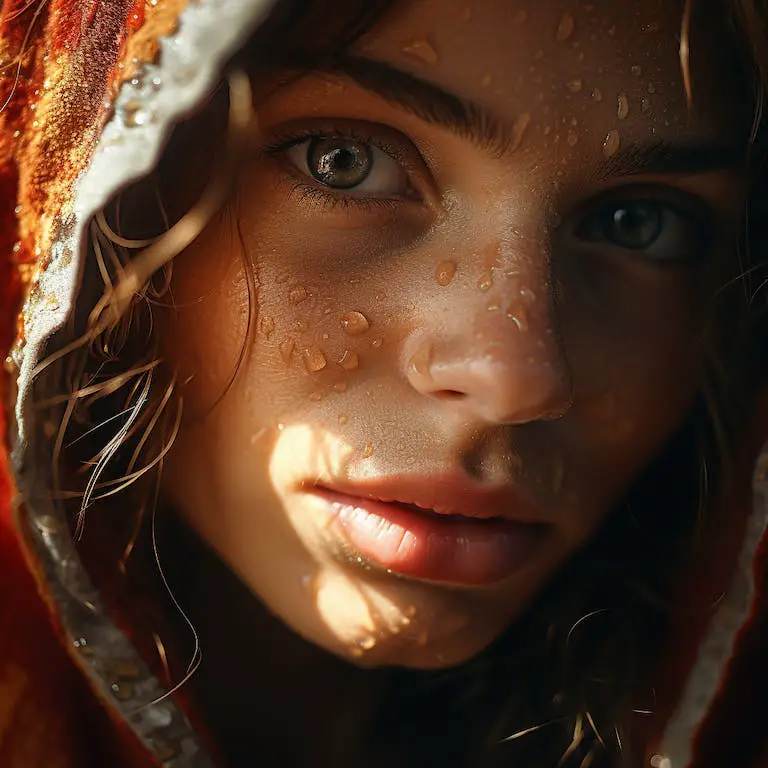
What are some tips for using a flash?
If you are using a flash, there are a few things you can do to help ensure that your photos turn out well. First, try to position the flash so that it is not pointing directly at your subject.
This will help to avoid creating harsh shadows. Second, use a diffuser to soften the light from the flash. A diffuser is a piece of material that you can place over the flash to help spread the light out more evenly. Third, experiment with the angle of the flash to see what works best for your particular situation.
What are some common problems with using a flash?
There are a few common problems that can occur when using a flash. One problem is that the flash may not fire when you expect it to. This can be due to a number of factors, such as the batteries being low or the capacitor not being fully charged.
Another problem is that the flash may not reach your subject if they are too far away. Finally, the light from the flash can sometimes be too harsh, creating undesirable shadows or washing out colors.
What is a flash and how does it work? A flash is a device used in photography to produce a brief, intense burst of light. This light illuminates the subject and can help to improve the overall look of the photo. There are many different types of flashes available on the market, each with its own set of features and benefits.
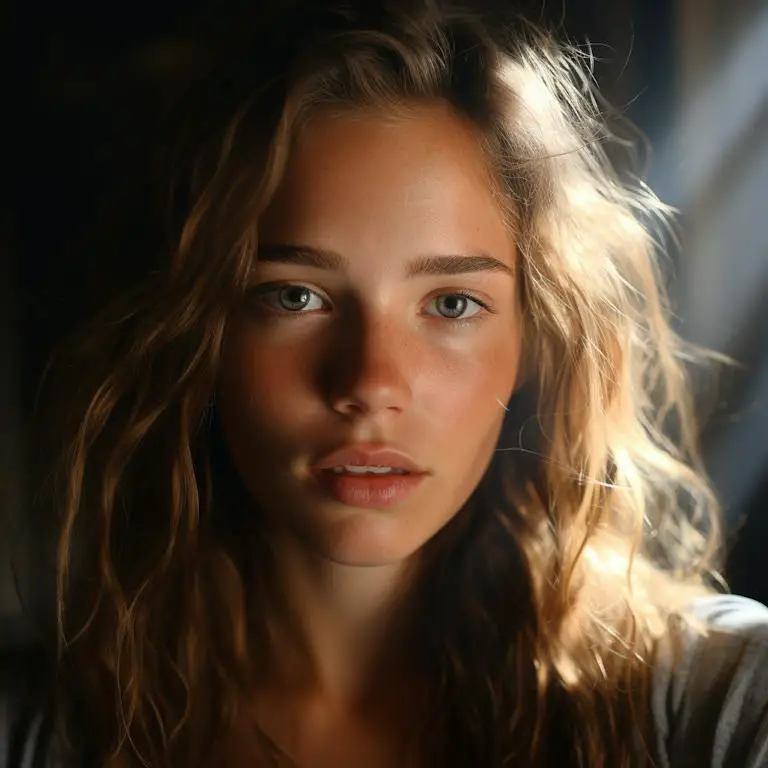
Types of Flash Units for Portrait Photography
There are many different types of flash units available on the market, and each has its own set of benefits and drawbacks. In this article, we will take a look at the different types of flash units available and what they can offer you as a photographer.
One of the most popular types of flash units is the speedlight. Speedlights are small, lightweight, and portable, making them ideal for on-the-go photography. They are also relatively inexpensive, making them a great option for beginner photographers.
However, speedlights can be less powerful than some of the other types of flash units available, and they may not be able to provide the same level of illumination as a studio flash.
Studio flash units are larger and more powerful than speedlights, making them ideal for studios or other controlled environments. Studio flash units can provide a much higher level of illumination than speedlights, making them perfect for capturing detailed portraits. However, they are also more expensive than speedlights and can be more difficult to transport.
Monolights are another type of flash unit that is popular among portrait photographers. Monolights are similar to studio flash units in that they are larger and more powerful than speedlights. However, monolights are self-contained, meaning that they do not need to be plugged into an external power source.
This makes them more portable than studio flash units and makes them ideal for on-location photography. Monolights can also be more expensive than speedlights and studio flash units, making them a good option for those who are willing to invest in higher-end equipment.
The last type of flash unit we will discuss is the ring light. Ring lights are unique in that they emit light from a ring-shaped fixture that surrounds the lens of the camera. This type of light is often used in fashion or beauty photography to create a flattering light on the subject’s face.
Ring lights can be used with or without a flash, making them a versatile lighting option. However, ring lights can be expensive, making them a good option for those who are willing to invest in higher-end equipment.
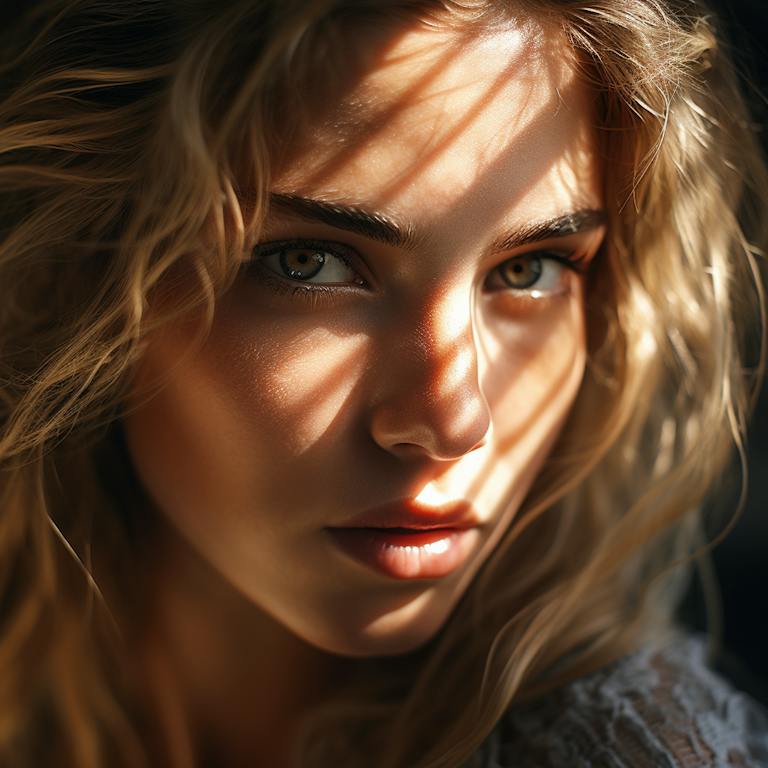
Tips for Using a Flash for Portrait Photography
One of the biggest factors to consider when using a flash for portrait photography is the lighting environment. If you’re shooting in a studio with controlled lighting, then you probably won’t need a flash. However, if you’re shooting outdoors in natural light, then a flash can be very helpful.
Another factor to consider is the type of flash you’re using. There are two main types of flashes: on-camera flash and off-camera flash. On-camera flash is typically built into the camera body and is convenient for quick, simple portraits.
However, on-camera flash can sometimes be harsh and produce undesirable results. Off-camera flash, on the other hand, gives you much more control over the light output and can produce much more pleasing results.
If you decide that you do need to use a flash for your portrait photography, there are a few things you can do to get the best results. First, try using a diffuser to soften the light from the flash.
Second, experiment with the angle of the flash to see how it affects the final image. And finally, be sure to pay attention to the shadows that the flash creates – sometimes they can add depth and interest to an otherwise flat image.
Hopefully these tips will help you when deciding whether or not to use a flash for your next portrait session. Remember, there is no “right” or “wrong” answer – it all depends on your personal style and the results you want to achieve. So experiment and have fun!

Conclusion:
In conclusion, we have explored the benefits of using a flash for portrait photography. We have seen that a flash can provide more flattering light for your subjects, and can also help to freeze motion for sharper images. We have also discussed how a flash can be used to create unique and interesting lighting effects.
If you are considering using a flash for your portrait photography, we hope this article has been helpful in convincing you of the benefits. A flash can really help to take your portraits to the next level!
FAQs
Why should I use a flash for portrait photography when natural light is available?
While natural light is fantastic, a flash can provide additional control over lighting conditions. It helps fill in shadows, enhances details, and ensures consistent illumination, especially in challenging environments like low-light settings or when shooting indoors.
Do I need a flash if my camera has a high ISO capability?
A high ISO can help in low-light situations, but it often introduces more noise to your images. A flash allows you to maintain a lower ISO, resulting in cleaner images with less grain while providing ample light to your subject.
Can’t I just rely on reflectors instead of using a flash?
Reflectors are useful for bouncing and diffusing natural light, but they have limitations. A flash provides a controlled and directional light source, allowing you to sculpt the light precisely and achieve more creative effects.
Will using a flash make my portraits look too artificial?
Not necessarily. Modern flashes offer adjustable power settings, and techniques like bouncing the flash off surfaces or using diffusers can create a soft, natural-looking light that enhances your subject without appearing overly staged.
How does a flash benefit outdoor portrait photography during the day?
Even in daylight, a flash can be advantageous. It helps eliminate harsh shadows caused by the sun, reduces contrast, and adds a beautiful catchlight to the eyes, making your subjects pop against the background.
Can I use a built-in flash on my camera, or should I invest in an external flash?
Built-in flashes have limitations in terms of power and versatility. An external flash provides more control, allows for bounce and swivel options, and often produces better results, especially in challenging lighting conditions.

